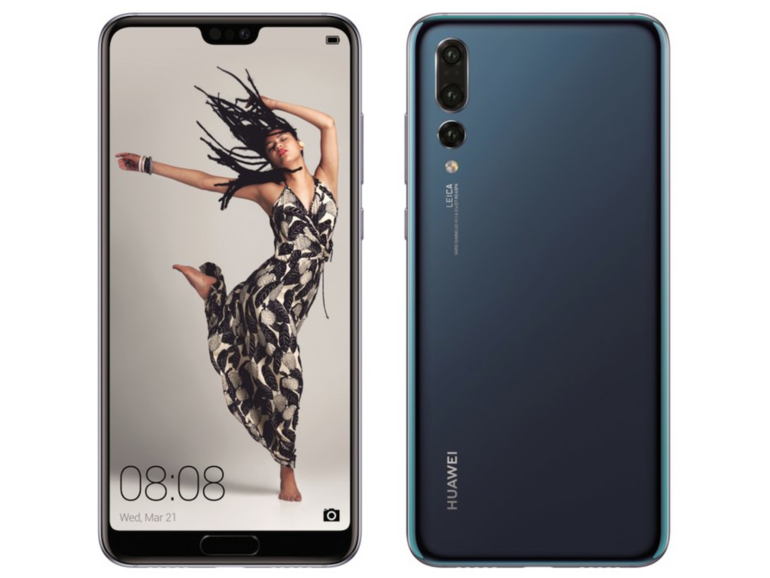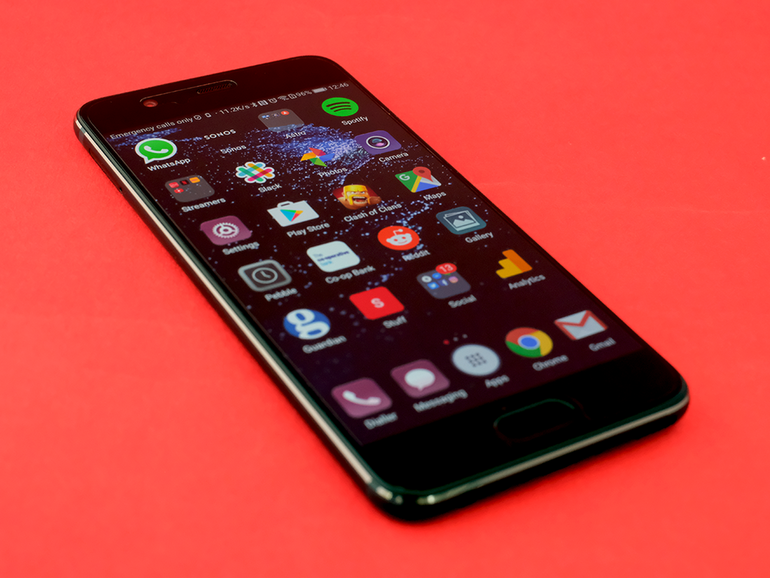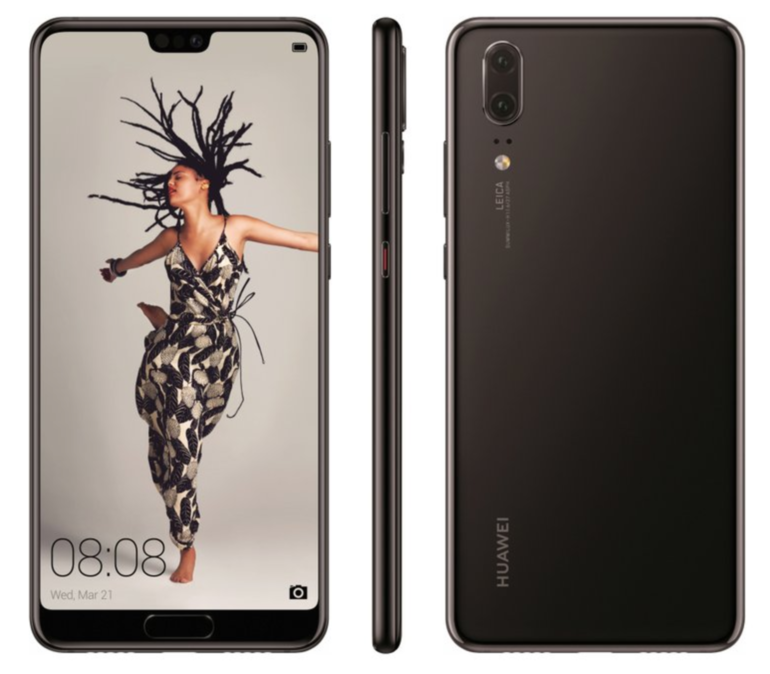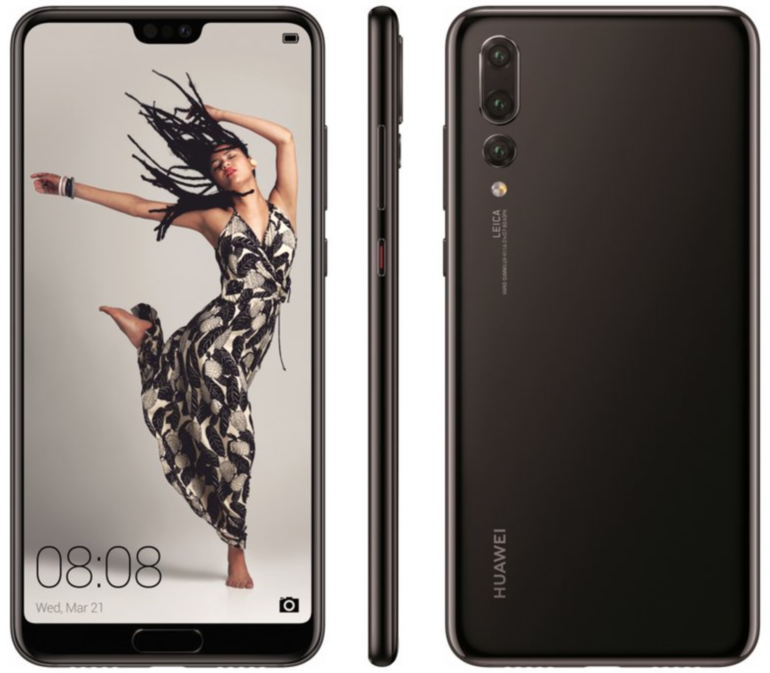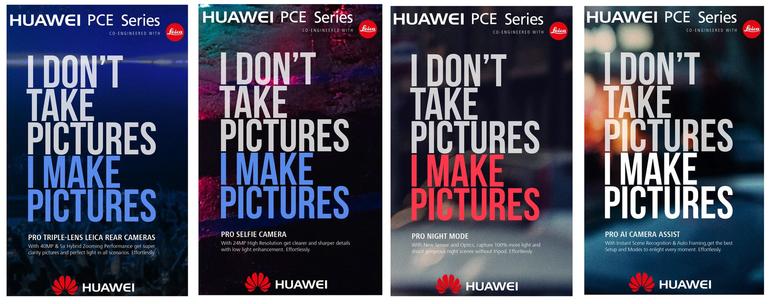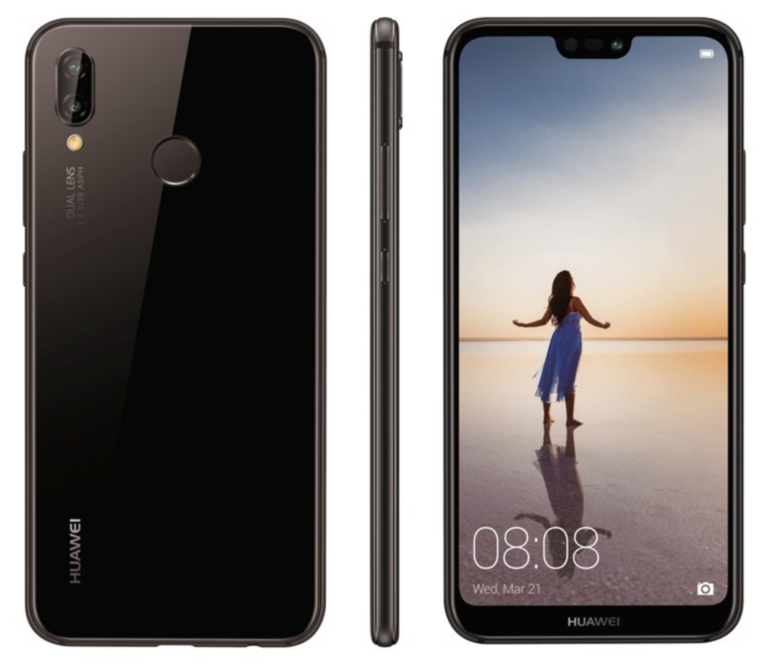Huawei announced the P10 (shown) at last year’s Mobile World Congress in February, and it’s highly likely that we’ll see the same thing again. In fact, a Huawei VP promised it would happen.
Granted, that promise came in March 2017, so it’s hardly a surprise Huawei’s plans have now changed. Instead of sticking with an annual MWC announcement going forward for the P series phones, the P20 will arrive later in the year, with an event pencilled in for the 27th of March in Paris.
By skipping its MWC plan, it looks like Huawei will have complete control of the news during the reveal week – instead of fighting for coverage next to Samsung’s Galaxy S9 at the Barcelona trade show. We’ll probably see the phone release in April, then, which again puts a little room between the P20 models and the Galaxy S9.
Originally, there was some question as to whether the new phone would be called the Huawei P20 or the Huawei P11, but the company has dashed the speculation towards the latter: an official teaser video spotted by TechRadar clearly calls it the P20, and they’re calling it the same via social media channels of late.

